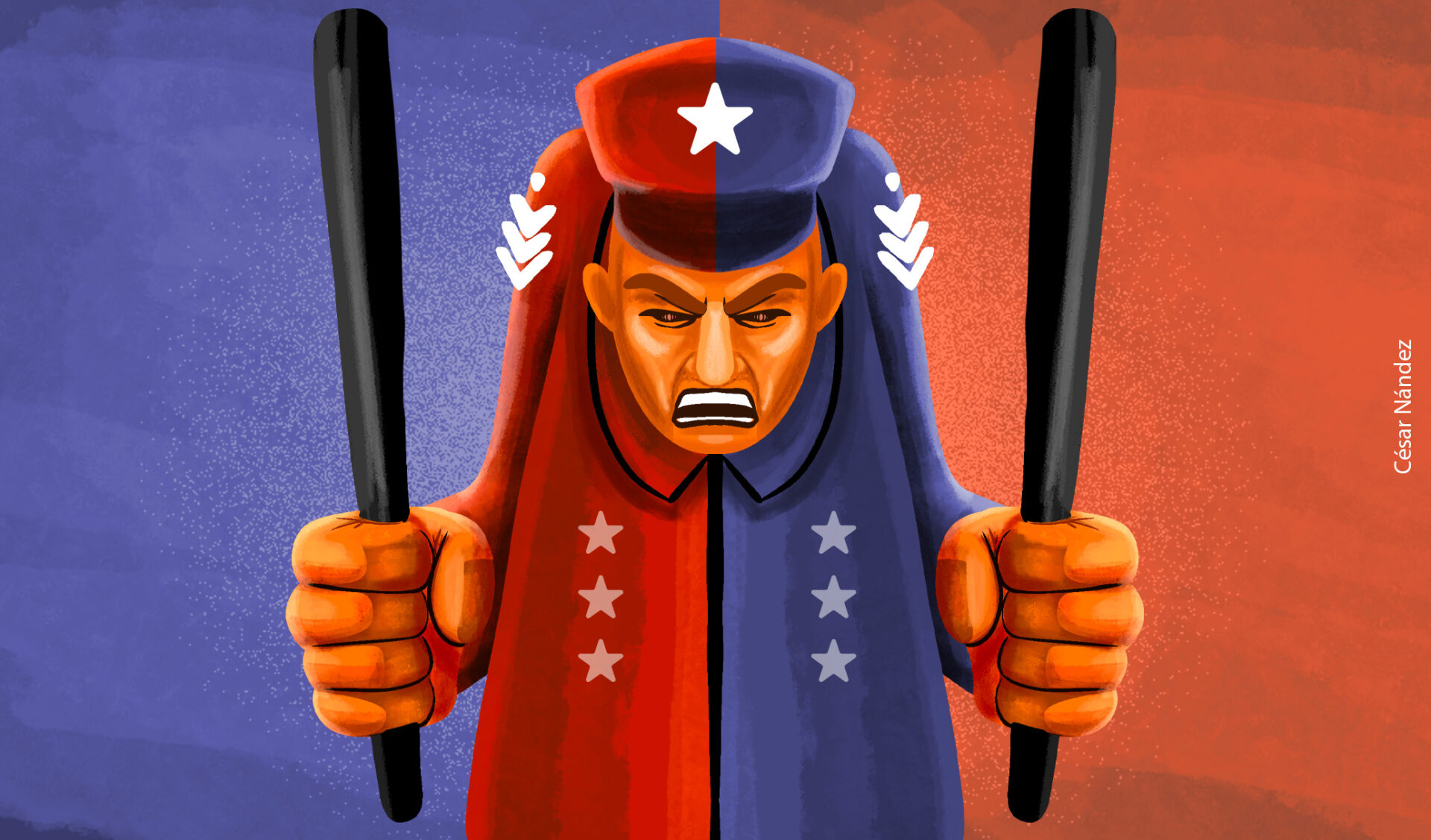A new book has just been released by Akal titled Democracias en extinción. El espectro de las autocracias electorales (Democracies in Extinction. The Specter of Electoral Autocracies). This work by Italian historian Steven Forti—whose efforts in this area deserve careful consideration—covers both theoretical elements and recent politics and history, addressing the threats to democracy from the conservative/reactionary end of the ideological spectrum and their political and intellectual manifestations. A quick look at the book’s table of contents reveals its main themes, case studies, and approaches.
The book joins a growing body of scholarly and popular works, academic forums, political statements, and civil society manifestos that warn about the phenomenon of the “far/extreme” right. This movement is often presented, singularly and in capital letters, as the primary threat to modern democracies. Such a stance is deeply rooted in contexts, professional circles, and readings within American and European academia, as well as some of their counterparts in the Global South.
Steven Forti says, “This is not a time for digression or complacency; we must confront the most urgent danger today. It is undeniable that far-right movements are on the rise globally, and if we do nothing to stop them, we could be the generation that loses the rights we’ve fought for. Our democracies are on the brink of extinction, and their predators enjoy greater support, a better image, and more strength every day. In many regions of the world, they’ve already come to power, and once they govern, nothing is as it was: they are dismantling democracy from within, turning it into an autocracy with little room to reverse the situation.”
While I agree with the warning about the underlying issue, I distance myself from Forti’s characterization of it. Below, I will outline my reasons in simplified terms—I hope to have the chance to expand on them with the author or other colleagues at another time and place.
Right and left are not normative categories; they are descriptive and/or analytical. They do not classify political Good or Evil but rather identify a diversity of actors, genealogies, alliances, and agendas that, at their origin, have been evolving for two centuries. And after the events of 1917, 1933, and the entire totalitarian experience of the 20th century, we should be reminded that neither political pole can claim democratic coherence. Nor can we, therefore, ascribe the monopoly on authoritarian identity and tendencies to the extremes of either side.
We cannot continue to use ideological coordinates as if they aligned with the boundaries of political regimes. There have been—and presumably will continue to be—authoritarian ideas and practices from both the left and right; also, in more fluid identities and contexts—especially beyond the West—that don’t easily fit into our usual classifications. Threats to democracy must be clearly contextualized and assessed in each place, moment, and issue.
I’ll give examples. While today the main threats from populism and/or electoral authoritarianism in Europe and the U.S. primarily come from far-right leaders and movements, in Latin America—this other half of the West, blended with the Global South—the phenomenon is much more diverse. In fact, for every right-wing dictator-in-the-making like Bukele, we have three active far-left autocrats (Díaz Canel, Ortega, Maduro) whose origins, political traditions, and global networks align them with an authoritarian left rooted in 1917 and 1959.
Even in countries that haven’t fully regressed into authoritarianism, the scope of the phenomenon is clear. In Mexico (an economic powerhouse and the largest Spanish-speaking nation globally), the current regressive judicial reform, criticized by much of the liberal-progressive academic world, is being pushed by a government/party that many in European social-democratic academia and politics celebrate as “progressive.” Not to mention the swift rise and agenda of Sahra Wagenknecht’s populist left-wing party, which opposes the pro-European and liberal democratic consensus in a central nation like Germany.
Looking beyond the West, it’s unclear whether the boundaries of “conservative” or “illiberal” really map onto Left/Right divides. With Putin, given Russia’s somewhat geo-cultural orbit within the West, ideological characterizations might coincide somewhat, though the Kremlin reverts to authoritarian practices and symbols from the Soviet era, while its allies range from the far-left to far-right globally. But with Modi or Erdogan, whose societies, conflicts, and agendas respond to different worldviews and disputes, I’m not sure this holds.
In summary, it is timely and crucial that a truly worthy academy recognizes that illiberal—or outright anti-democratic—threats cannot be simplistically attributed to the far-right alone. These threats stem from extreme authoritarian stances that span the entire spectrum of ideological (geo)political positions, both in the West and the Global South. Adopting this more authentically global view of the phenomenon would help, both intellectually and practically, in its understanding and in combating it during these dark times—urgencies that Forti highlights in his book’s preface.












